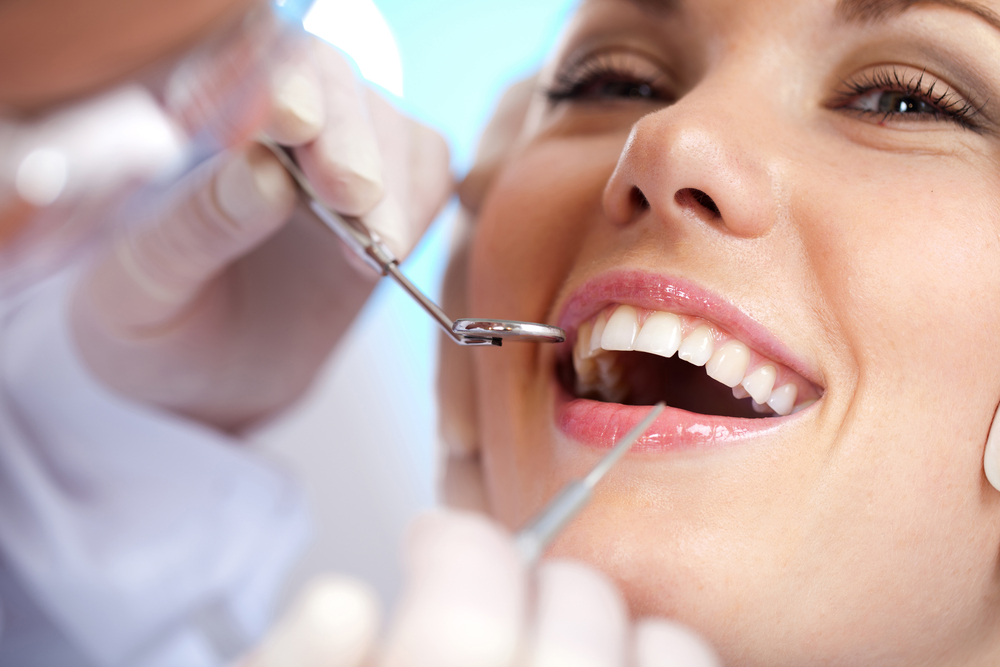Millions of people avoid the dentist. Some had traumatic experiences as children. Others suffered pain as adults that they prefer not to have any treatment.
Sedation dentistry uses medication to help patients relax during dental procedures. It’s sometimes referred to as “sleep dentistry,” although that’s not entirely accurate. Patients are usually awake with the exception of those who are under general anesthesia.
Sedation dentistry is a simple procedure that dentists as well as other medical professionals can use on their patients during any surgery which is potentially painful or lengthy. It uses medication to put the patient in a very relaxed, dreamlike state whilst having surgery carried out. Therefore, sedation dentistry means that the patient does not feel the stress and anxiety that they may usually feel prior to visiting the dentist and the dental procedure taking place.
For the dentist, sedation means that surgery is easier to perform, and that more surgery can be performed in one session, reducing the number of sessions needed to carry out a course of treatment.

The following types of sedation are used in dentistry:
- Inhaled minimal sedation. You breathe nitrous oxide otherwise known as “laughing gas” combined with oxygen through a mask that’s placed over your nose. The gas helps you relax. Your dentist can control the amount of sedation you receive, and the gas tends to wear off quickly. This is the only form of sedation where you may be able to drive yourself home after the procedure.
- Oral sedation. Depending on the total dose given, oral sedation can range from minimal to moderate. For minimal sedation, you take a pill. Typically, the pill is Halcion, which is a member of the same drug family as Valium, and it’s usually taken about an hour before the procedure. The pill will make you drowsy, although you’ll still be awake. A larger dose may be given to produce moderate sedation. This is the type of anesthesia most commonly associated with sedation dentistry. Some people become groggy enough from moderate oral sedation to actually fall asleep during the procedure. They usually can, though, be awakened with a gentle shake.
- IV moderate sedation. You receive the sedative drug through a vein, so it goes to work more quickly. This method allows the dentist to continually adjust the level of sedation.
- Deep sedation and general anesthesia. You will get medications that will make you either almost unconscious or totally unconscious deeply asleep during the procedure. While you are under general anesthesia, you cannot easily be awakened until the effects of the anesthesia wear off or are reversed with medication.
The 2 most common types of Sedation (Sedation Dentistry) used by General and Restorative Dentists who utilize sedation are:
- Oral Conscious Sedation
- Inhalation Sedation
The levels of sedation used include:
Minimal sedation – you are awake but relaxed.
Moderate sedation (formerly called “conscious sedation”) – you may slur your words when speaking and not remember much of the procedure.
Deep sedation – you are on the edge of consciousness but can still be awakened.
General anesthesia – you are completely unconscious.
Sedation can be useful if:
you don’t want to be aware of what’s happening during a procedure and you want to be “out of it”. In this case, IV sedation is the method of choice.
- you want a little help to relax – “laughing gas” can give you a pleasant relaxed feeling
- you have a “gut feeling” that sedation would help you and allow you to get work done which otherwise you wouldn’t be able to tolerate
- your fear is procedure-specific (e. g. needles, extractions), especially if you know that the fear would still exist in the presence of an empathetic dentist and adequate pain-control
- you perceive your fears to be completely irrational and not helped by either an empathetic dentist or psychological techniques
- you have other mental health problems and you feel you’d benefit from sedation
- your primary aim is “to get your teeth fixed” as quickly as possible, for example because you’re very busy or you’ve got an important social event coming up
it’s an invasive or unpleasant procedure such as more complex extractions
Sedation may not be a good option if:
- control and trust are a major issue for you
- you’re considering sedation to “make life easier” for your dentist, for example because you fear that they will get frustrated or angry with you
- you feel you would benefit from a gentle approach which would involve being talked through procedures, going at your pace, and using stop signals
- you feel you’re being “bullied” into accepting sedation
- you have an intense dislike for or fear of the drugs used for sedation (or the psych pharmaceutical industry in general)
- you’re worried that sedation will interfere with your judgment and your ability to communicate your concerns to your dentist
These are not recommended for use instead of, but in addition to a caring dentist. Trust your gut instinct while figuring out which methods might work for you. Sedation is sometimes touted as “the solution for overcoming dental anxiety or phobia”, but in reality, many people don’t like the idea of sedation. Scores on dental anxiety tests bear little or no correlation to the need for (or desirability of) sedation.